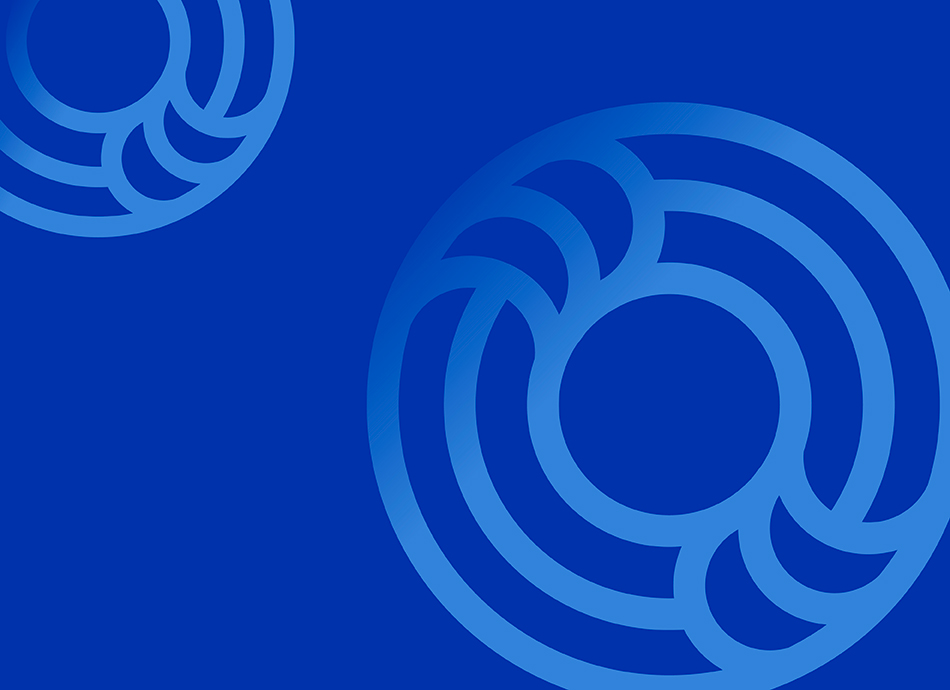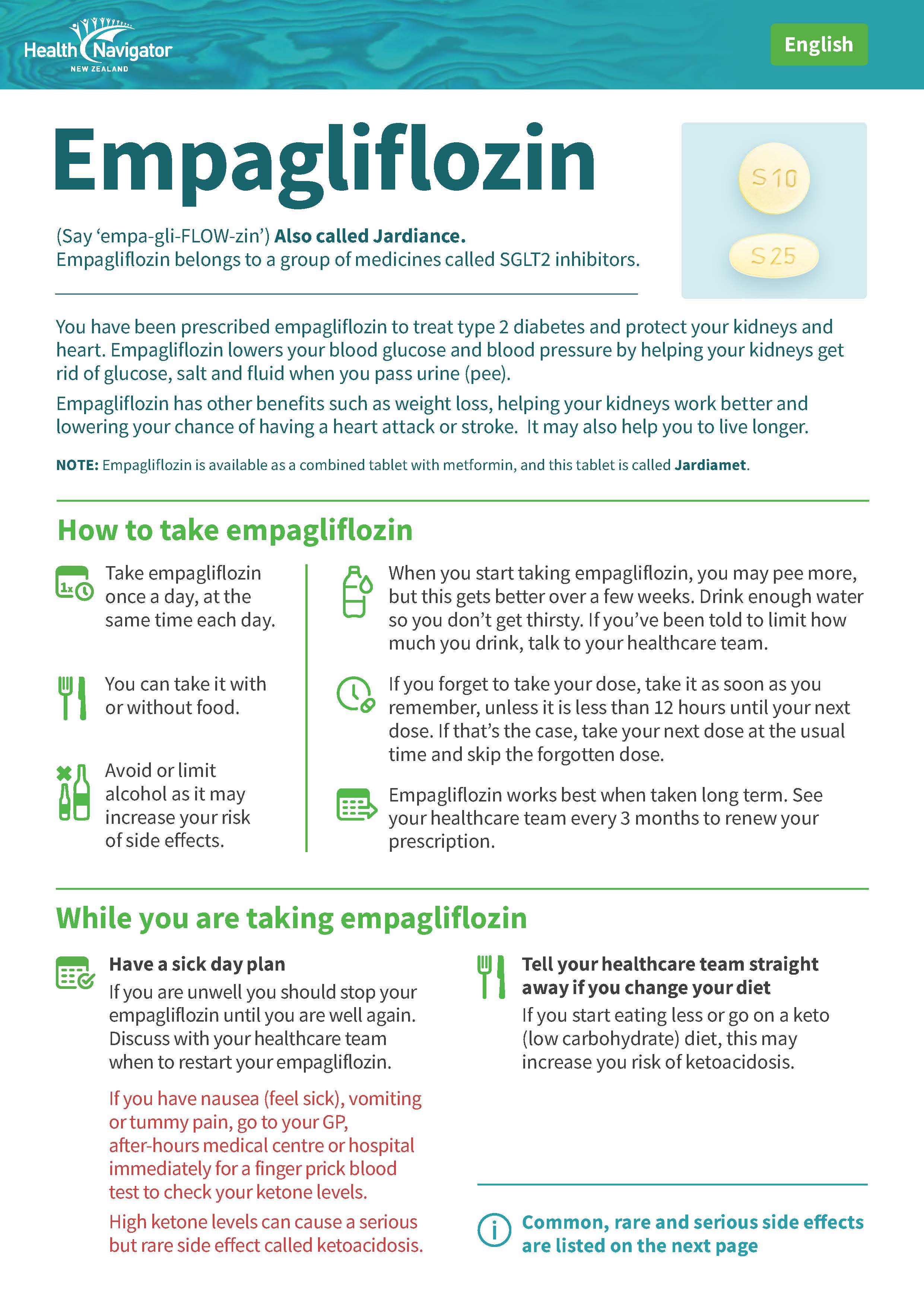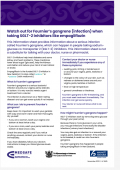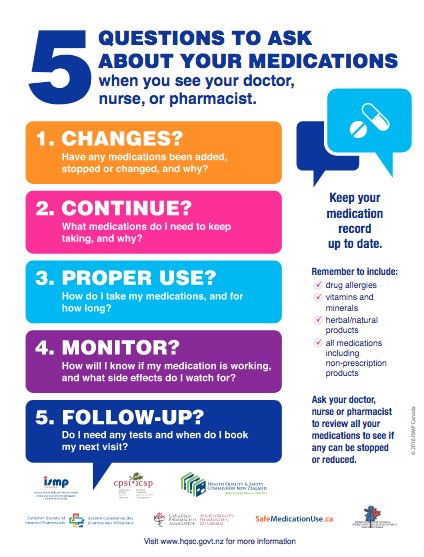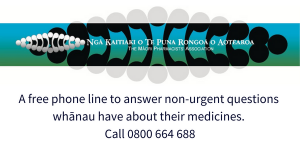Empagliflozin is used to treat type 2 diabetes and protect your kidneys and heart. Read more about type 2 diabetes.
Empagliflozin lowers your blood glucose and blood pressure by helping your kidneys get rid of glucose, salt and fluid when you pass urine (pee/mimi). Empagliflozin has other benefits such as weight loss, helping your kidneys work better and lowering your chance of having a heart attack or stroke. It may also help you to live longer.
Empagliflozin can be used alone, or with other diabetes medicines (such as metformin), to help manage your glucose levels along with healthy eating and regular exercise.
Note: Empagliflozin is also available as a combined tablet with metformin which is called Jardiamet.


